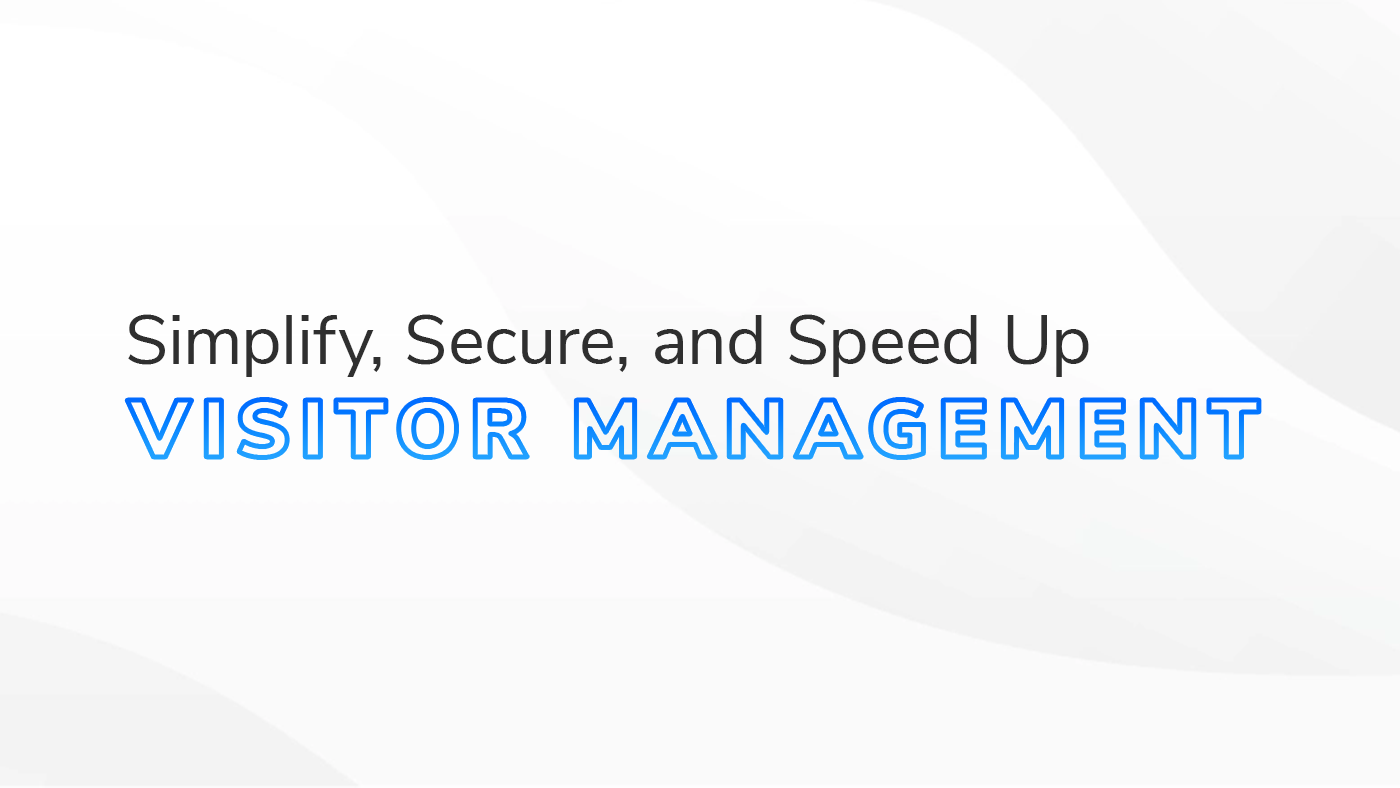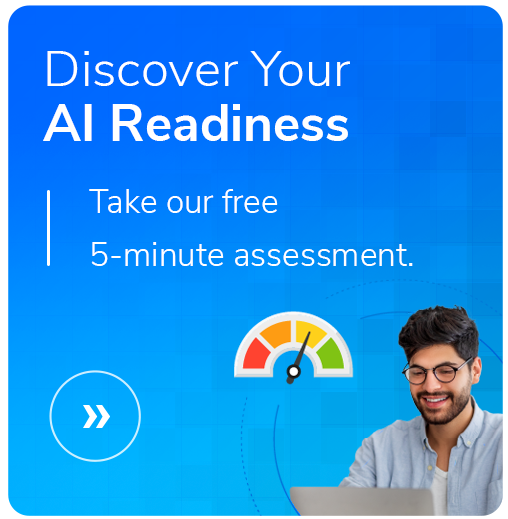A New Visitor Management System: Which Features Matter Most
- Matt Hinz - HBS | Sarah Taylor - Verkada

Choosing the right visitor management system (or VMS) is critical for securing your most valuable assets: your people and your property.
Having the right VMS can be the difference between a secure and efficient workplace versus one that’s vulnerable to security breaches.
Visitor management systems also tend to be the only security tool visitors interact with, so the check-in experience must convey professionalism while efficiently gathering necessary information.
Organizations with advanced visitor management systems (VMS) boast improved visitor satisfaction and a notable decrease in security incidents.
No matter the industry, there is a VMS that is best for your organization’s needs. This article will walk you through key considerations to help you make an informed VMS decision.

What Is a Visitor Management System?
A Visitor Management System is a tool designed to track and manage visitors to your organization. It’s the modern equivalent of a sign-in sheet, offering digital solutions that enhance security, efficiency, and compliance.
The importance and demand for visitor management systems has grown. And that growth isn’t slowing down anytime soon—recent market forecasts peg the VMS market to reach $3 billion by 2028.
VMS Decision Framework: 9 Top Factors to Consider
What Visitor Management System features matter to you? Put another way—what Visitor Management System features should matter to you?
In our experience helping clients find the right VMS solution for them, we’ve found that focusing on these 9 factors helps the most:
Enhanced Security
Access Control: Ensure the VMS integrates with your existing access control systems. A seamless integration guarantees that only authorized individuals gain entry.
Badge Printing: Badges help identify authorized personnel quickly. This feature is key in places like healthcare facilities, where quick visual identification improves security and operational flow. If your organization has frequent visitors without access badges, it can be helpful to find a VMS that supports badge customization and printing.
Real-Time Notifications: Ensure all visitors get to where they need to go with a VMS that provides hosts with real-time notifications.
Operational Efficiency
User Interface: Look for an intuitive, straightforward interface. A user-friendly VMS reduces check-in times and minimizes the need for extensive administrative training. Interfaces that support customization are also helpful if you have different check-in steps depending on the types of visitors coming to your facility.
Mobile Compatibility: Mobile compatibility allows for remote check-ins and management, applicable in settings with high volumes of visitors and during busy events or peak times.
Integration Capabilities
Software Compatibility: Check if the VMS integrates with your existing software, such as email systems and calendars. Integrations with common platforms improve efficiency by automating tasks and reducing human errors.
Advanced Tech: The market is witnessing VMS integrations with facial technology, biometric verification, and, of course (the buzziest of buzzwords) AI.
HBS Secure with Verkada
HBS has partnered with Verkada, one of the leading names in physical security solutions, to offer a comprehensive, scalable, and user-friendly security solution—HBS Secure with Verkada.
This fully integrated platform provides the right set of features and complete situational awareness across all your locations. Enjoy proactive notifications that identify vulnerabilities in real time like tailgating detection, access rejected contextual footage, and loitering. Evolving AI analytics ensures the most advanced security platform on the market that can be easily managed in a seamless and intuitive user experience.
Data Location
On-Premises or in the Cloud: Maybe your corporate security policy requires all visitor data to be stored locally. Maybe you want to take advantage of a cloud-based VMS. Many solutions allow you to choose one or the other or use the best of both worlds with a hybrid approach.
Customization
Branding The ability to customize the VMS with your organization's branding enhances the visitor experience and maintains a professional appearance.
Custom Fields Tailor the check-in process with custom fields to capture specific visitor information relevant to your organization, which can be particularly useful in R&D facilities or industries requiring detailed visitor data.
Scalability
Growth Potential: Select a VMS that can scale with your organization’s growth. Whether expanding locations or increasing visitor volume, your VMS should support additional users and features as needed.
Multi-Location Management: If you have multiple locations, the VMS you choose should be able to manage multiple sites from one central system, providing centralized oversight and consistency.
Compliance and Reporting
Audit Logs: Look for comprehensive logs of visitor activity for easy auditing. Reports should deliver analytics, metrics, as well as quantitative and qualitative data that are helpful to your organization.
Visitor Experience
Pre-registration: Some Visitor Management Systems allow visitors to pre-register online. Pre-registration can speed up the check-in process and reduce wait times, leading to a more efficient visitor experience.
Visitor Instructions: Automated instructions and directions for visitors improve their experience and help them better navigate your facility—nobody likes getting lost in an unfamiliar building. An excellent visitor management system should also support filling out necessary documents—e.g., NDAs—as needed.
Cost Considerations
Budget: Consider the total cost of ownership, including installation, maintenance, and potential upgrades.
Return on Investment: Determine how the VMS will save time and resources in the long run. Calculate potential savings from reduced administrative burdens and enhanced security to justify the initial investment. Confirm the investment aligns with your budget and assess the long-term benefits of increased efficiency and improved security.
The Bottom Line
- Prioritize features that help streamline, simplify, and speed up the visitor management process.
- Choose features that guarantee better security, safety, and privacy for your organization and your visitors.
- Lean towards features that gather the data and produce the reports most beneficial to you.
The Right Visitor Management System: Our Final Thoughts
Focusing on the key considerations we’ve identified will allow you to make an informed decision that not only enhances your organization’s security and efficiency but also provides a great first impression.
At HBS, we’ve done the legwork to find the best technologies for visitor management systems that fit the bill. If you wonder how certain systems would operate in your environment or have questions about others' capabilities, having a partner who lives and breathes security and technology daily can help answer those questions and provide the guidance you need.
Choosing the right visitor management system is one of the most important pillars in safeguarding your most valuable assets. And the right VMS will provide a safer and more efficient workplace that mitigates vulnerabilities and conveys a first impression of professionalism and security.
Let HBS help you find the right VMS solution for your organization.






